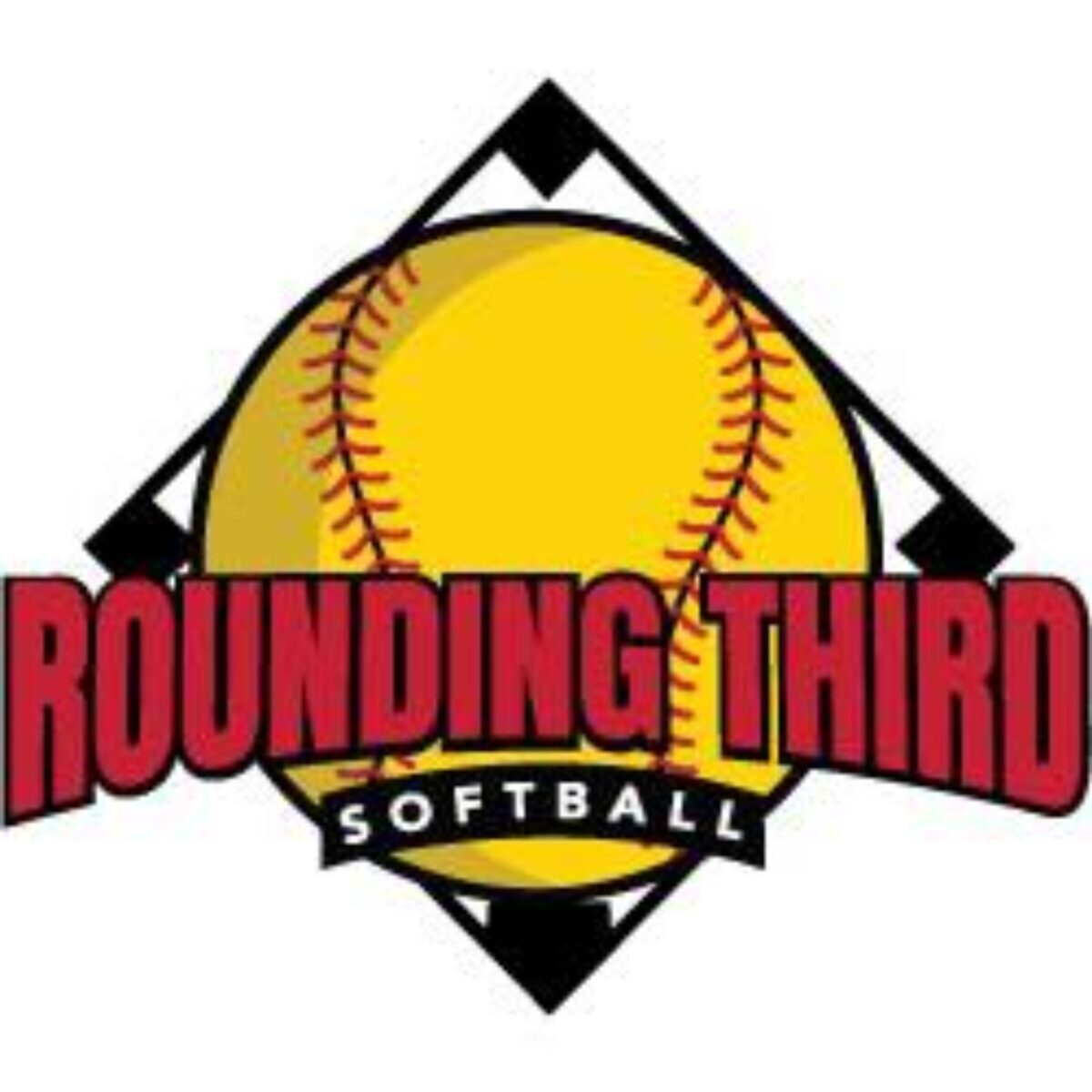RTS is saddened to report that former Humboldt State Coach Frank Cheek passed away Saturday at the age of 82. Cheek, an NFCA and CCAA Hall of Fame inductee, coached the Lumberjacks for 25 years. HSU won DII National Championships in 1999 and 2008.
Author: admin
Belmont’s Smith Returns to Tennessee
Belmont seems to be in the market for a third coach within the last year. Head Coach Megan Rhodes Smith has departed the program to join the staff at Tennessee. The Lady Vol Alum departs for Knoxville after one pandemic abbreviated season with the Bruins going 5-14.
Softball’s Political Icon Porter Passes Away
Don Porter, one of the most recognizable names in softball, has passed away at the age of 90. Porter, the former Executive Director of USA Softball and leaders in the establishment of the WBSC, was one of the driving forces in adding the Sport of Softball to the 1996 Olympic Program in Atlanta. Porter also steered the International Softball Federation before it was folded into the WBSC.
Tunno Steps Down at Glenville State
Glenville State Head Coach Kristen Tunno has stepped down from her position. Tunno, who is second all-time in Pioneer Softball history in wins with 84, took over the program in 2015. She has taken a teaching position on the faculty at Glenville.
Florida A&M Moving to the Southwestern Athletic Conference
Florida A&M looks to be on the move after next season. Today the FAMU Board of Trustees voted to move conferences leaving the MEAC for the SWAC at the conclusion of the 2020-21 athletics year. Rattler Softball is already in transition this coming year after the retirement of longtime coach Veronica Wiggins.
Wright State Discontinues Program
Wright State has seemingly become the first Division I causality of the COVID-19 Pandemic. Officials announced the discontinuation of the program today citing budget restructuring to reduce expenditures. It’s also being reported that in dropping the Wright State Softball program, school administrators have not as of yet sought NCAA approval for the waiver to drop from the 14 required sports that is required of Division I classification to 11 (men’s and women’s tennis was also dropped). The move itself is pretty bold and could be of concern in how easy institutes might believe it would be just to drop programs below required numbers and the NCAA’s willingness to allow it.
Siena Promotes Bump to Head Coach
Siena didn’t wait long to fill their open head coaching position. The Saints have found their next head coach from within promoting assistant coach Casey Bump. Bump has spent the last seven seasons on the staff as pitching coach. She replaces Bill Lajeunesse which recently retired.
USSSA Pride Brings in Husband/Wife Coaching Tandem
The USSSA Pride has announced that Roman Foore will serve as head coach this season. Foore will be joined by his wife Penny Foore, which will serve as an assistant coach on staff. The husband and wife tandem serve as coaches at Bethel University in Minnesota during the collegiate season. The Pride opens up training camp June 14 in Melbourne, Florida at the Space Coast Complex.
Academy of Art Names Gentile Coach
Academy of Art University has announced Nikki Gentile as their new head coach. Gentile spent the last three seasons as head coach at Solano Community College where she won back-to-back Big Valley Conference Championships in 2018 and 2019.
Boulder IDT Recruiting Event Canceled
One of the biggest and most prestigious club softball and showcase events has pulled the plug on their 2020 event. The Independence Day Tournament in Boulder, Colorado scheduled for July 1-5 was cancelled by event organizers today due to the COVID-19 Pandemic. The event regularly draws nearly 400 collegiate coaches each summer.
